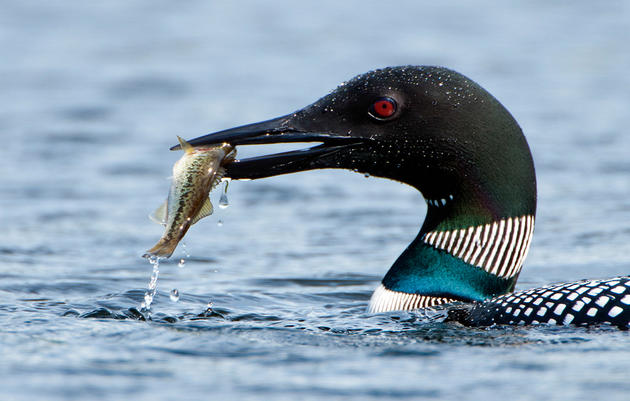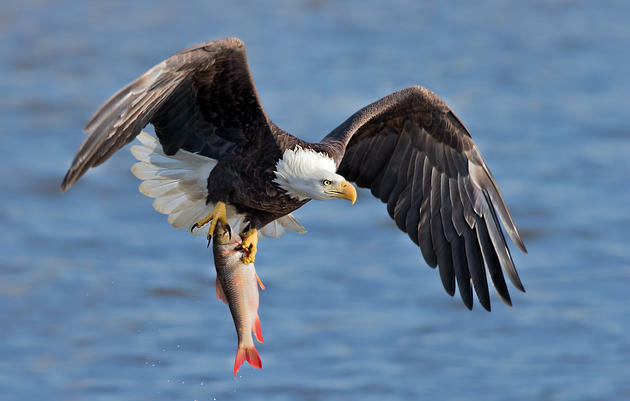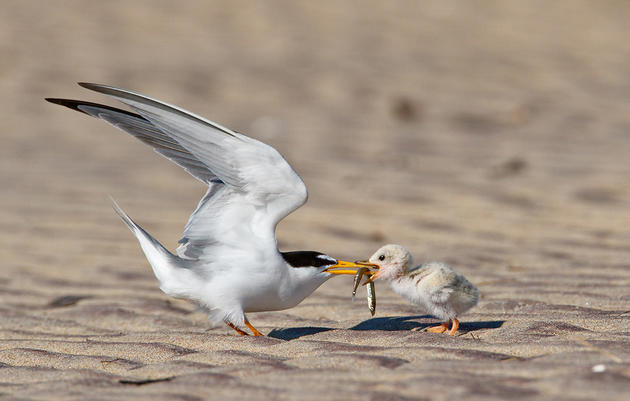In 1976, Republicans and Democrats came together and created a solution to prevent the collapse of fish populations and the birds that depend on them by signing the Magnuson-Stevens Fishery Conservation and Management Act (MSA) into law. Key objectives outlined in the MSA are to prevent overfishing, rebuild overfished stocks, increase long-term economic and social benefits, and ensure a safe and sustainable supply of seafood.
The MSA is the primary law that governs management of ocean fish in U.S. federal waters and has served as the nation’s road map to sustainably managed fisheries.
Currently missing from the MSA is adequate protections for forage fish, like herring and anchovy. Learn how this impacts seabirds here, and what we're doing about it.
Sign up here to receive alerts and take action for our ocean birds!
- Common and Least Tern - Atlantic Herring
- Osprey - Atlantic Pollock
- Razorbill - White Hake
- Northern Gannet - Sandlance
- Roseate Tern - White Hake
Congress is currently working to reauthorize this law, and while significant progress has been made since the MSA was enacted, there is still more work to be done.
Audubon Connecticut supports strengthening this law to protect the prey that birds and other wildlife depend on.
Related
Common Loon
This large waterbird is a majestic sight when spotted gracefully gliding in Long Island Sound in winter. Can you imagine a winter in which this species did not return to Connecticut? It’s possible if we do not work to maintain the fish populations that it relies on through the Magnuson-Stevens Act (MSA)—an important piece of legislation that is currently under threat.
So-called Modern Fish Act Takes Us Backwards
Current legislation could return us to the times when overfishing and fish scarcity harmed seabirds and coastal economies. Urge your U.S. Representative to vote "no" before July 11, 2018.
What can we do about the seabird extinction crisis?
Seabirds primarily eat forage fish, which are small fish like herrings and anchovies. We must ensure adequate protections for forage fish so that the wildlife, people and economies that depend on them can continue to thrive.
How you can help, right now
Get Involved
There are so many great ways you can get involved with Audubon Connecticut and make a difference for both the wildlife and the people who call Connecticut home.
Visit Our Centers
Connect with our nature centers in Greenwich, Sharon, and Southbury. Each unique center offers trails, educational resources, conservation opportunities, and more.
Support Us
Through land stewardship, science, education, and advocacy, Audubon Connecticut works across the state to preserve habitat and protect bird species that are of state, national, and global concern.







